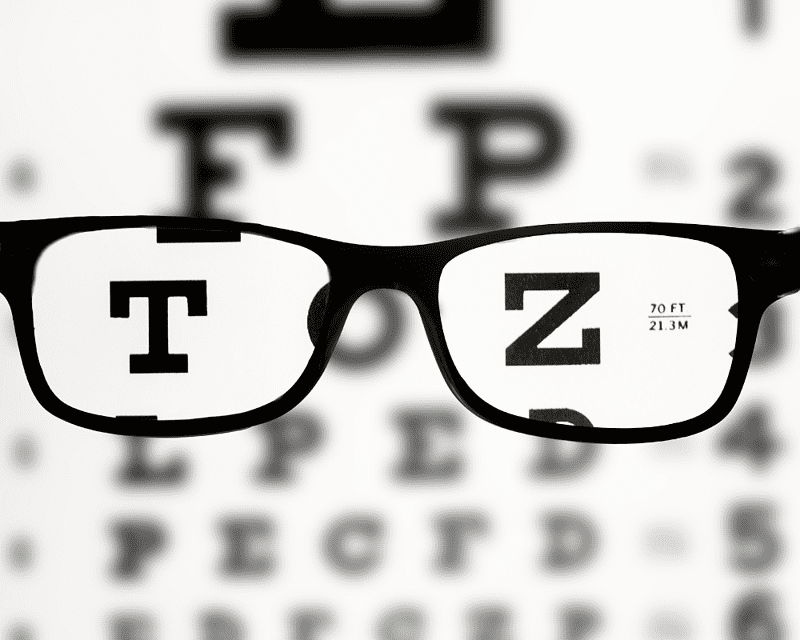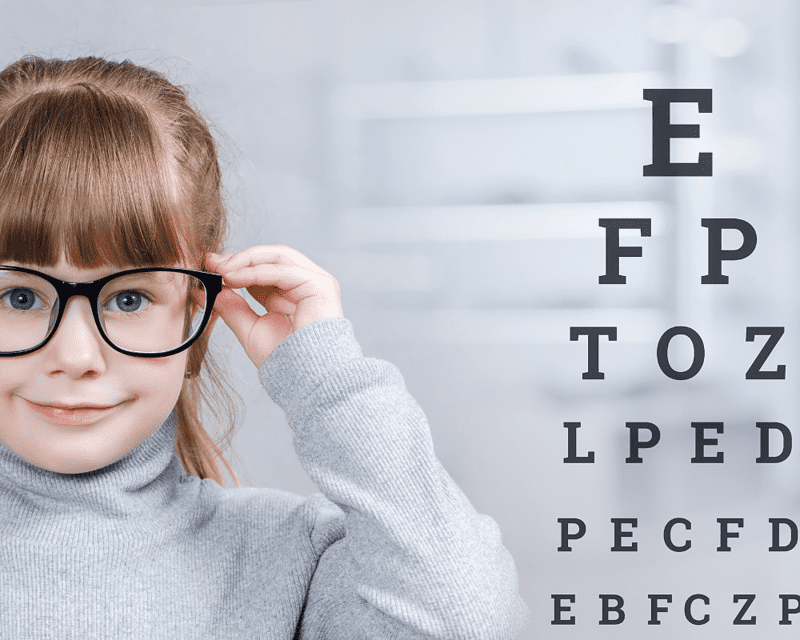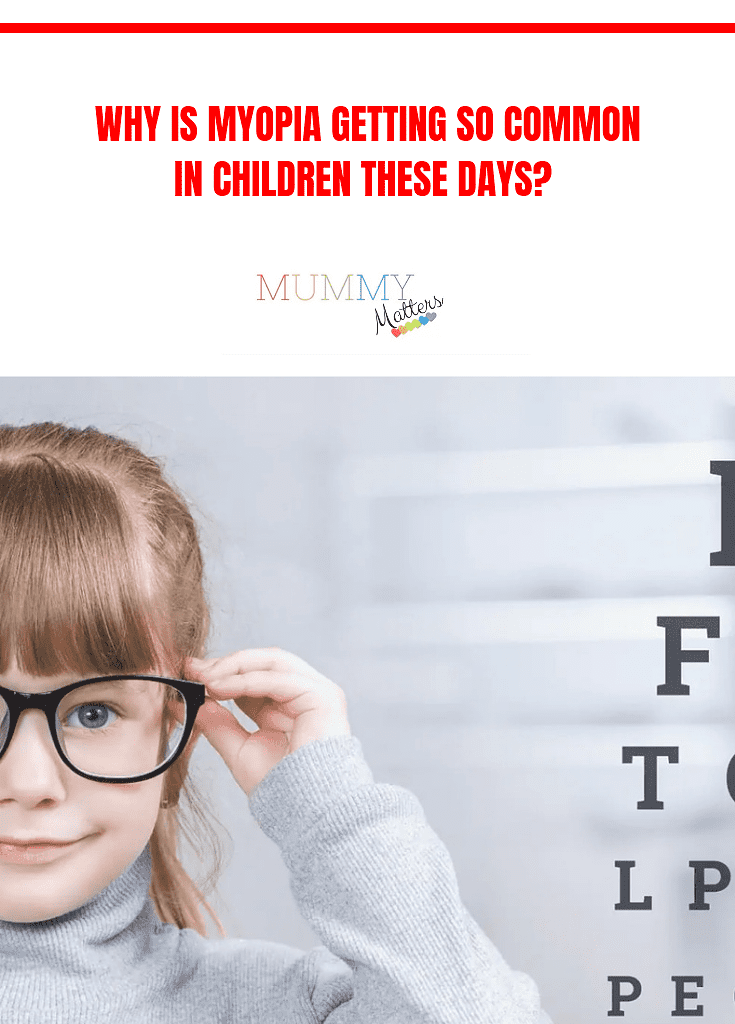Did your doctor just inform you that your child has got myopia? And now, when asking around, the half panic-stricken half surprised you, suddenly realize that most of your youngster’s friends are also suffering from this myopia!
And as you’re reading this, we assume you got quite curious.
Keep reading to learn everything about myopia and what you can do to stop it from wreaking.
What is Myopia?

The term ‘Myopia’ translates to ‘Short-sightedness.’
This is a condition in which the natural lens in the eye can not bend or converge incoming light rays properly, resulting in erroneous focusing. As a result, the faraway objects appear blurry as they demand more converging power to focus, while the nearby objects stay unaffected and can be seen clearly.
Recent statistics say almost one out of every three people has a degree of myopia in one eye or both. In addition, the International Agency for Prevention of Blindness (IABP) has published a report that predicts by 2050, almost half of the global population will be Myopic.
In children, this is usually diagnosed early, between ages 8 and 12. The disease progression worsens during the teenage years when they’re growing fast and rapidly. This research study reported a surprisingly high prevalence of approximately 15% among children aged 5-17.
Signs and symptoms
Knowing signs and symptoms beforehand may help you detect a probable case of myopia early, which directly contributes to avoiding complications and disease advancements.
The most common signs are –
- Inability to see distant objects, often traffic lights or cars coming from opposite sides, etc.
- Frequent headaches (the most common one)
- Eye rubbing
- Half-shutting of eyelids in some children
- Large prominent eyeballs
- Large and sluggish pupil
Why is this so common in children?

Factors responsible for Myopia in children are not known entirely, but an alarming rise in myopia cases has been detected among children and adolescents.
If one or both parents are Myopic, the child is highly prone to developing Myopia as this disease has a certain genetic predisposition. Ironically, a population having Myopia as children will, in turn, give birth to the next generation of kids with Myopia, as per the mandate.
Another common phenomenon is that excessive screen time and less outdoor time puts excessive strain and fatigue on the eyes, increasing eyeball length and loss of converging power, causing Myopia in children.
Probable complications of Myopia in children
As if Myopia itself isn’t enough, it brings a plethora of secondary complications along with it.
Undiagnosed or poorly treated cases of myopia, after certain years, may give rise to complications like:
- myopic macular degeneration
- retinal detachment
- posterior subcapsular cataract
- nuclear cataract
- open-angle glaucoma
The probability of developing these diseases increases proportionately with the severity of myopia, i.e., the extent of the eyeball length increment mainly.
What can you do to prevent this
Every problem has its solutions as well.
Myopia in children might be scary, but also it is a largely preventable disease if you intervene before it’s too late.
You can take proactive measures even before the first signs of the disease appear. For example, assessing the myopia risk and making a Myopia profile of your kid might help you to know about the little one’s tendency to develop Myopia. Also, regular eye check-ups for refraction testing once in 6 months are extremely helpful to ensure the youngster’s eyes are doing just fine.
In children who have started showing symptoms already, still, there are plenty of ways to stop the disease progression and complications.
1. Low-dose atropine eye drops
The drop dilates the eye before any optical examination is used in mild doses. This proven potent treatment can slow down the disease progression in children aged 5-18 years.
2. Specialized Contact lens
In many children using a specialized multifocal contact lens that blurs the side vision (peripheral visual field) may help their eye growth and limit Myopia.
3. More playtime outside
Children are traditionally advised to play outdoors every day, and that’s for a reason. Spending hours amidst greenery and an open environment ( away from screens emitting blue light) helps their eyes to relax and reshape, protecting their vision as they grow.
So now you know enough to get hold of this disease and not just get scared off.
Anyway, don’t forget to contact your doctor immediately if your children are complaining of signs indicating Myopia.
Stay safe and healthy!


